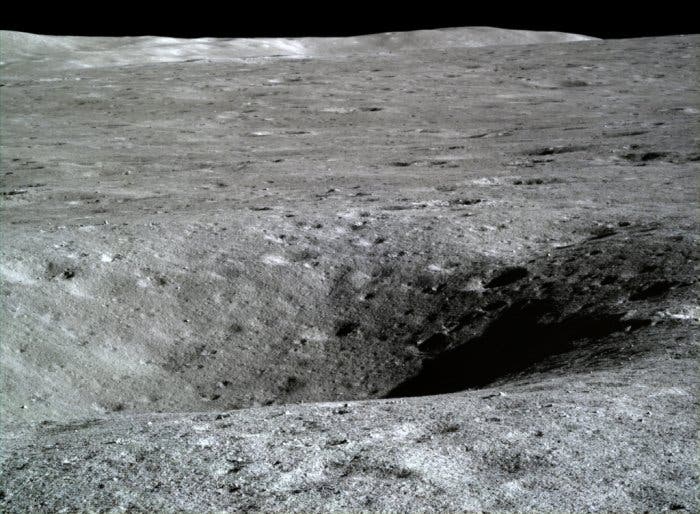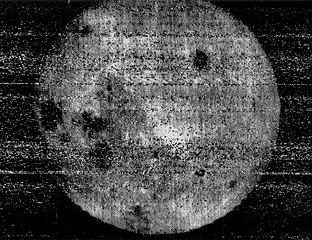The Crater Good
Exploration of the moon’s far side ramps up in 2024

On Jan. 3, 2019, the Chang’e 4 lunar probe lost contact with the Queqiao satellite, orbiting on the near side of the moon. Nine miles above a crater the size of New Jersey, within a crater the size of the entire Western U.S., it fired a retrorocket to slow its descent – all the way down to 100 meters, where it hovered and scanned for a safe place to land. Deftly avoiding the surrounding cliffs, it slowly dropped straight down and landed softly on the smooth volcanic floor. Minutes later, it beamed to Queqiao, and then to Earth, the first photo from the surface of the moon’s far side.

In 2024, that mysterious side of the moon will make headlines again, thanks to the Chinese National Space Administration and its Chang’e lunar exploration program, named for the moon goddess of ancient myth. In 2020, Chang’e 5 carried out China’s first return of lunar samples, from the Oceanus Procellarum on the near side. This year, Chang’e 6 will put the two concepts together, in a planned 53-day mission to return a kilogram of soil from Apollo Crater – east of the Von Karman Crater, within the South Pole-Aitken Basin, where Chang’e 4’s rover still roves.
The reason for the complexity – and hence why it hasn’t been tried before – is that whole “far side” thing. Tidally locked to earth’s gravity, the moon itself blocks communications, and thus all information to and from the landing module must be conducted through a relay satellite (Quequiao 2, in this case). By comparison, Chang’e 5 took about 40 percent as long as the planned Chang’e 6 operation.
But space wonks know that the trouble is all worth it. “The far side of the moon is of great importance due to its interesting geological formations,” Space.com wrote in 2021, “but this hidden side also blocks all the electromagnetic noise from human activity, making it an ideal place to build radio telescopes.”
In the meantime, the far side will (indirectly) cause a different sort of sensation in the U.S. on April 8: blocking out the whole dang sun for a few minutes, in a few places. It’ll be America’s first total eclipse since 2017, and its last for just over 20 years. Make your travel plans now!
Timeline of Far Side exploration
October 1959: Soviet probe Luna 3 takes first photos, covering about a third of the far side.

August 1967: NASA’s fifth Lunar Orbiter mission finishes photo-mapping 99 percent of the moon.
December 1968: Apollo 8 astronauts become the first humans to see the far side in person.
1994: NASA’s Clementine spacecraft completes full multispectral imaging of the moon.
January 2019: Chinese Chang’e 4 lander becomes the first human-made object to land intact on the far side.